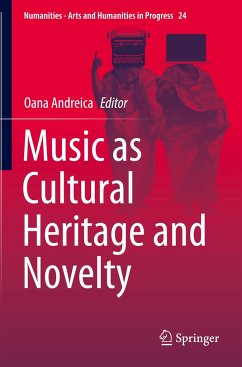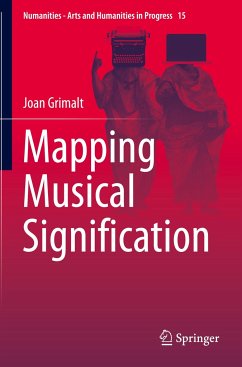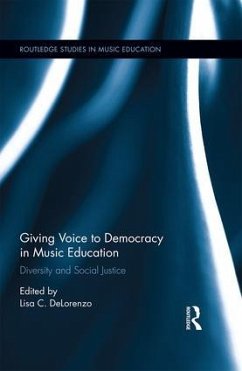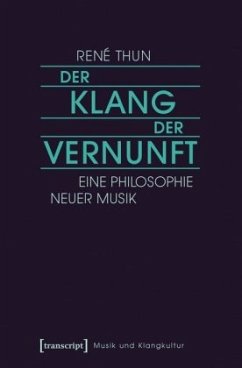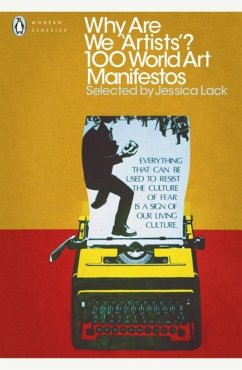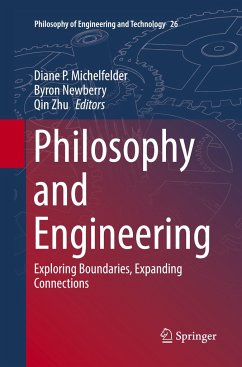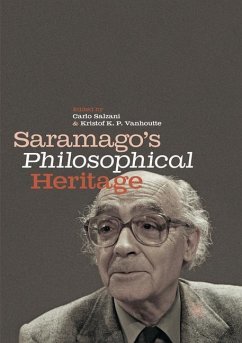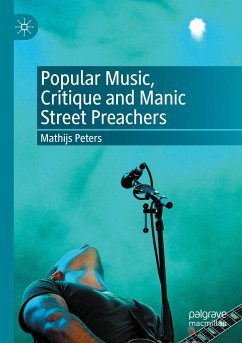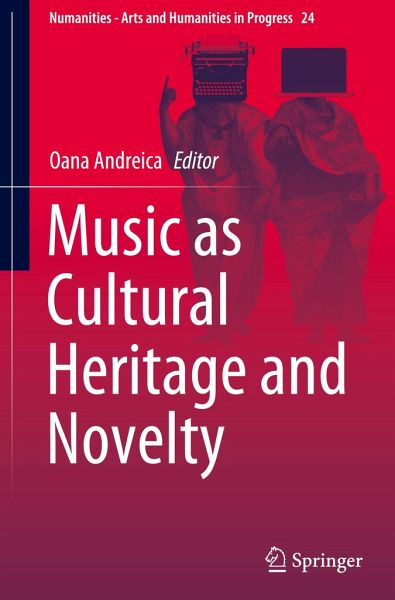
Music as Cultural Heritage and Novelty

PAYBACK Punkte
42 °P sammeln!
This book provides a multifaceted view on the relation between the old and the new in music, between tradition and innovation. This is a much-debated issue, generating various ideas and theories, which rarely come to unanimous conclusions. Therefore, the book offers diverse perspectives on topics such as national identities, narrative strategies, the question of musical performance and musical meaning. Alongside themes of general interest, such as classical repertoire, the music of well-established composers and musical topics, the chapters of the book also touch on specific, but equally inter...
This book provides a multifaceted view on the relation between the old and the new in music, between tradition and innovation. This is a much-debated issue, generating various ideas and theories, which rarely come to unanimous conclusions. Therefore, the book offers diverse perspectives on topics such as national identities, narrative strategies, the question of musical performance and musical meaning. Alongside themes of general interest, such as classical repertoire, the music of well-established composers and musical topics, the chapters of the book also touch on specific, but equally interesting subjects, like Brazilian traditions, Serbian and Romanian composers and the lullaby. While the book is mostly addressed to researchers, it can also be recommended to students in musicology, ethnomusicology, musical performance, and musical semiotics.





